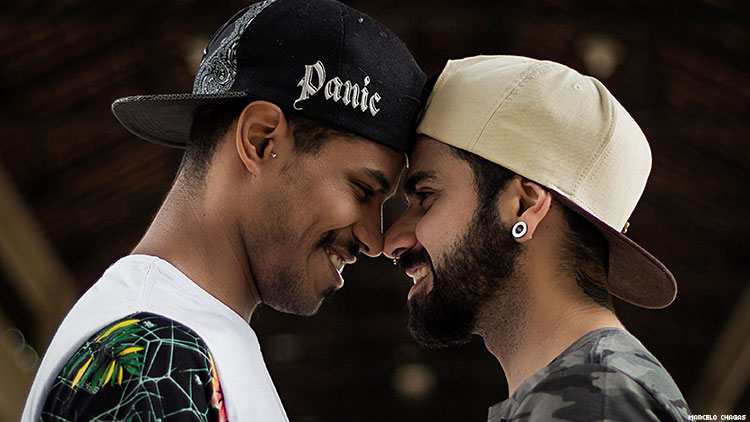Same-sex marriage has only been around nationally for five years in the United States, but it is already being presented by a New York Times op-ed as a model for straight people.
The article references a recent study published in the Journal of Marriage and Family, titled “Marital Strain and Psychological Distress in Same-Sex and Different-Sex Couples,” showing that men in a same-sex marriage have less psychological distress than their straight peers.
Women in different-sex marriages reported the highest level of stress, noted the report from authors Michael A. Garcia and Debra Umberson. Meanwhile, men in different-sex marriages and women in same-sex marriages fell in the middle.
The results were drawn from “756 midlife U.S. men and women in 378 gay, lesbian, and heterosexual marriages,” according to the study. Participants were asked to keep daily diary entries on stress related to their marriage and partner.
There are a number of potential reasons for this distressing disparity, and most relate to traditional expectations of gender. Historically, women were expected to perform the lion’s share of the household chores — an expectation that still impacts different-sex marriages today.
Men in same-sex marriages must create their own rules in their relationship around task-sharing, which is more evenly divided. Additionally, men are more likely to openly discuss their sexuality and nonmonogamy in a same-sex marriage and create rules around sexual encounters outside of the relationship.
There’s also good justification for The Kids Are All Right. Couples in same-sex marriages spend more time with their children, in part because they have a far lower percentage of children who are unintended or unwanted. The Times piece cited a 2011 study reporting that 45 percent of pregnancies in the United States were unintended, and 18 percent were unwanted.
So how can straight people improve their well-being? As Stephanie Coontz, the author of Marriage: A History, noted in her NYT column, “many different-sex couples would have happier and more satisfying marriages if they took a few lessons from their same-sex counterparts.”
Via Advocate






Be the first to reply